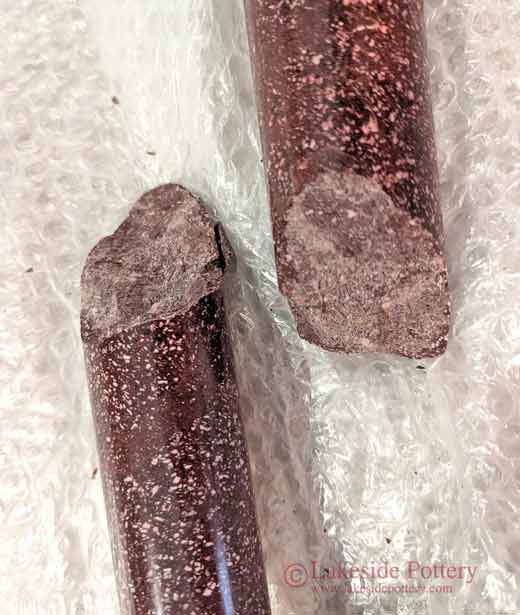Restoring a small, broken porphyry column statue gave me more than just a technical challenge, it opened a window into the awe-inspiring craftsmanship and engineering of the ancient world. This rare purple stone, sacred to emperors, is one of the hardest substances on Earth and a testament to knowledge that may be lost to time.
The Royal Stone of Emperors
Porphyry, with its deep purple hue and crystalline structure, was once the exclusive domain of rulers. Quarried only at Mons Porphyrites in Egypt's eastern desert, this stone hasn't been mined for centuries. In Ancient Rome, it symbolized eternal rule, divinity, and imperial power. Only the wealthiest elites could afford the time, tools, and labor to shape it.
Used for colossal columns, sarcophagi, imperial portraits, and palace inlays, porphyry adorned structures like the Pantheon in Rome and was featured prominently in monuments throughout Constantinople. Its sheer hardness, just beneath diamond on the Mohs scale, meant that carving it wasn't just labor-intensive, it bordered on the impossible.
A Personal Encounter with Porphyry's Hardness
I've worked with a variety of stone materials over the years, but nothing prepared me for the resistance porphyry puts up. Standard carbide tools had zero effect. I had to turn to diamond cutting disks and high-grit diamond abrasives just to make modest progress. And this was for a small ornamental column, barely a foot high. Even then, leveling and smoothing the surface was a marathon of patience.
The Scale of Ancient Achievement
Now imagine ancient artisans carving entire monolithic porphyry columns—flawlessly symmetrical and polished to a mirror-like finish. Some of these columns, such as those in the Pantheon or used in the Column of Constantine, weigh over 60 tons. Transporting them was no small feat:
- The raw blocks were hauled 100+ miles through desert terrain to the Nile,
- Then floated 2,000 miles to Rome or Constantinople by barge,
- And finally moved inland using unknown methods, all without steel, hydraulics, or combustion engines.
The largest known porphyry object, the Porphyry Obelisk, still stands in Istanbul. It's over 68 feet tall and weighs about 224 tons. Even by modern standards, moving such a massive object would require specialized cranes, reinforced vehicles, and meticulous planning.
Rarity, Beauty, and Value
Porphyry's rarity is matched only by its value. A surviving piece like the Imperial Porphyry Bath in Rome is worth tens of millions of dollars. Even a fragment today can sell for thousands, treasured like a gemstone.
Ancient Tools, Lost Knowledge
Modern restoration of a small piece left me intellectually stunned. Why? Because even today, only diamond tools can effectively shape porphyry, and there is no clear evidence that such tools existed thousands of years ago. Were ancient craftsmen using lost techniques? Had they developed technologies we've forgotten? We don't know.
But this stone, and the legacy of those who worked it, whisper to us across time, reminding us of human perseverance, ingenuity, and perhaps even mystery. Porphyry is not just a stone. It's a puzzle. And each time we try to work with it, we come a little closer to understanding the genius of those who came before.
|


Porphyry Column Repaired
|